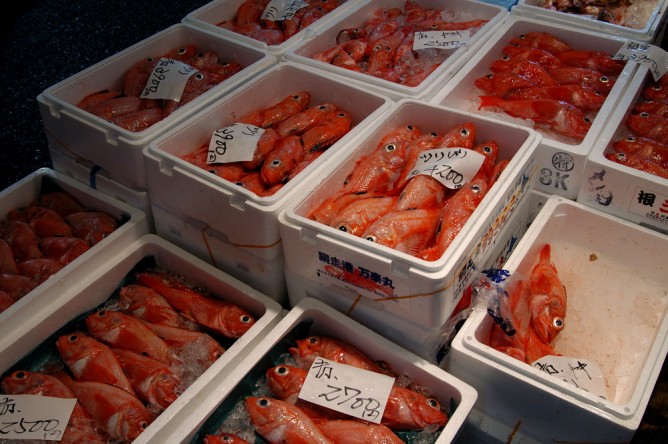
Dr. Roi Holzman and Victor China of the Department of Zoology at Tel Aviv University’s George S. Wise Faculty of Life Sciences say the reason why 90 percent of fish larvae are biologically doomed to die mere days after hatching has to do with ‘hydrodynamic starvation.’ With this understanding of the mechanism that kills off the majority of the world’s fish larvae, leaving only a marginal proportion to populate the world’s oceans, “We can help find a solution to the looming fish crisis in the world,” said Dr. Holzman.
The researchers say “hydrodynamic starvation,” or the physical inability to feed due to environmental incompatibility, is the reason so many fish larvae perish.
“By focusing on the constraints placed on larvae survival, we have a better chance of producing higher quality mariculture,” a specialized branch of aquaculture involving the cultivation of marine organisms for food and other products in the open ocean, said Dr. Holzman. “If we can produce better fish, this will have huge implications for our ability to maintain fish populations.”
The study was published in PNAS.
Fighting for Israel's truth
We cover what makes life in Israel so special — it's people. A non-profit organization, ISRAEL21c's team of journalists are committed to telling stories that humanize Israelis and show their positive impact on our world. You can bring these stories to life by making a donation of $6/month.





